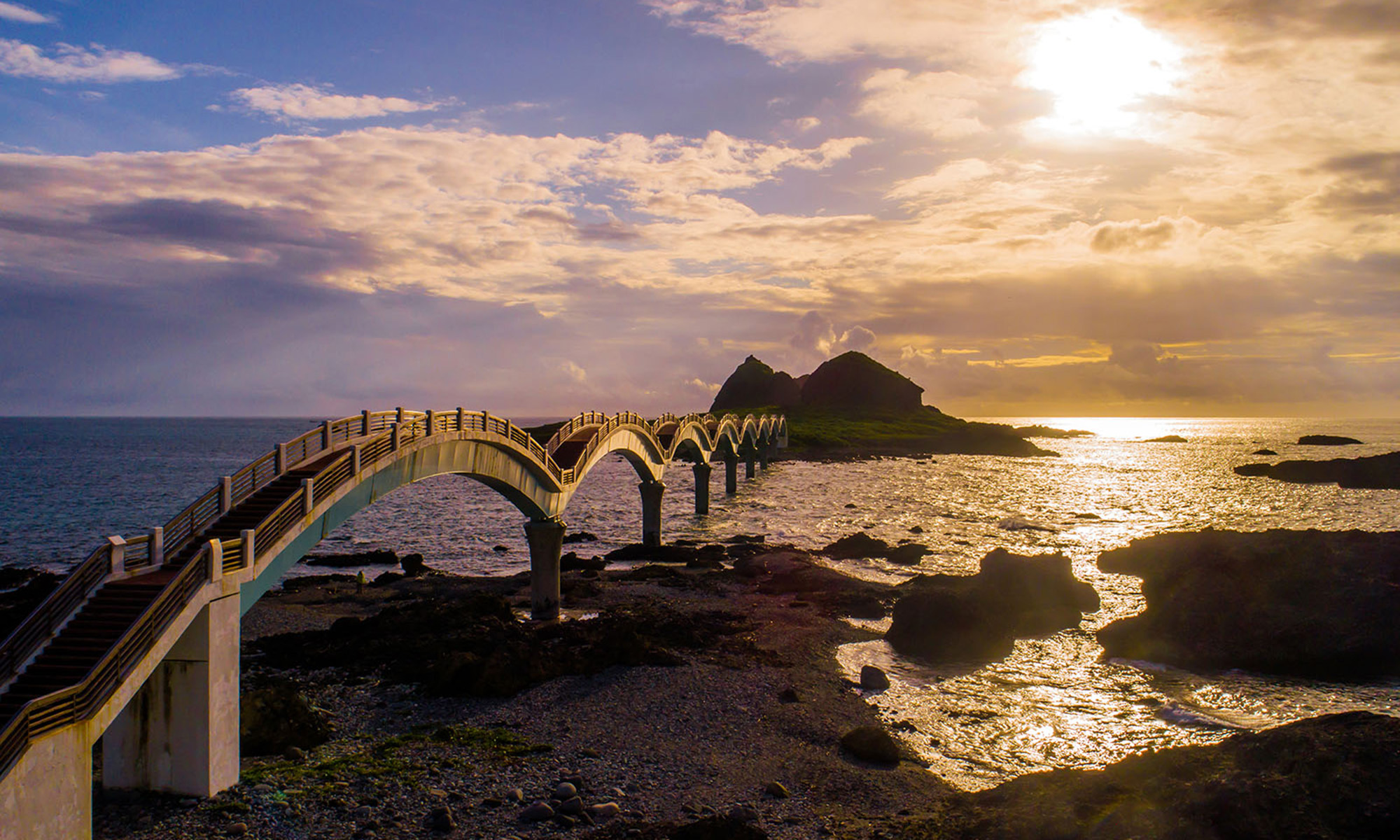Taitung is known as one of Taiwan’s top retirement destinations. The county benefits from steady weather, gorgeous wild beaches, locally grown food, and laid back pace of life. But Taitung’s remote nature doesn’t mean it lacks convenience. Seniors can enjoy a slow trip down the coast, stay in several of the East Coast National Scenic Area’s small towns and eat at gourmet and farm-to-table restaurants.
📍 Route 1: Changbin
Tadao Bike Trail
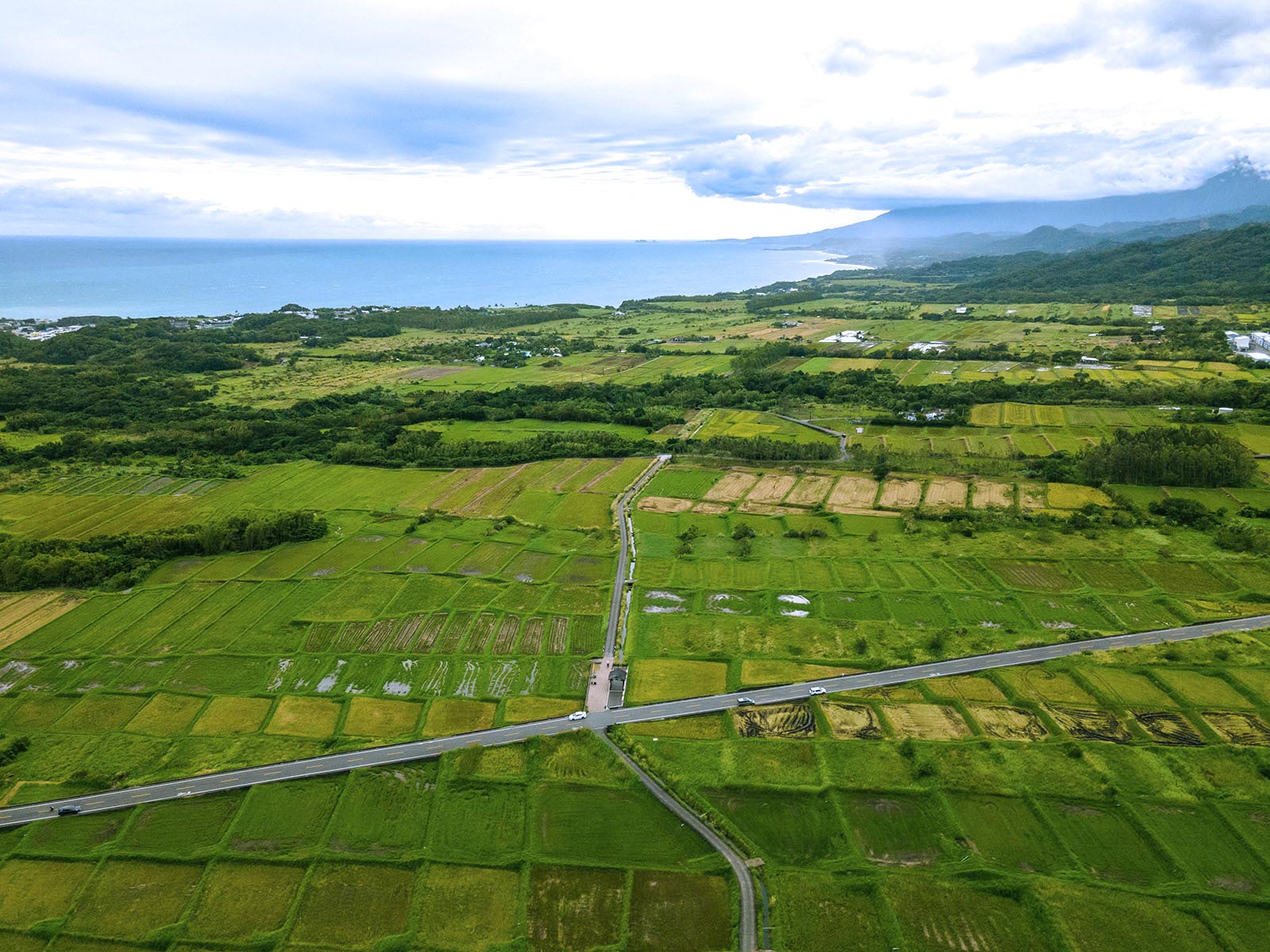
The Tadao Bike Trail is an easy three kilometer long cycling route that travels through Changbin’s quiet rice growing region. Unlike the East Rift Valley which is surrounded by mountains on either side, here the view consists of terraced rice paddies seamlessly merging with the sea, creating a sense of endless expanse in one direction. In the other direction, the majestic headwalls of Changbin’s unconquerable mountains rise up, folding in several places into deep and impenetrable canyons. In addition to offering relaxing vistas and solitude, the route also passes by one of many prehistoric sites in the area: the Ciwkangan Tribe relics.
Those with greater stamina can consider navigating away from the bike trail itself. Changbin is criss-crossed by many agricultural roads that run up and down the gentle hills between the ocean and the mountains. While there isn’t much development here except for the odd bed and breakfast, the expansive views are relaxing and spectacular.
« Read LessSinesera 24 & Changbin
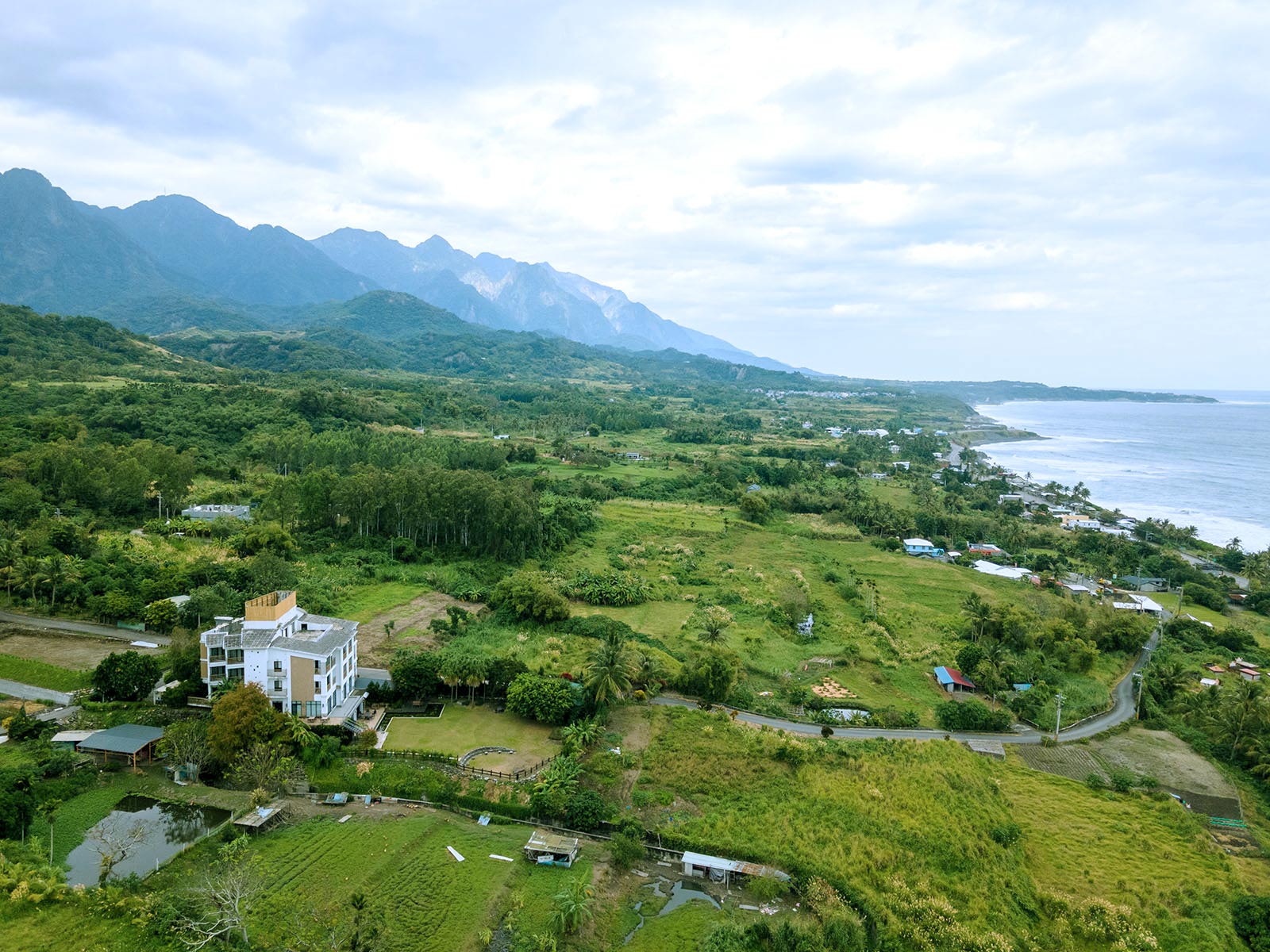
This gourmet French restaurant, run by Chef Nick of Michelin-star restaurant fame, specializes in local ingredients and passionate, sincere presentation. An extensive wine list and heartfelt service by passionate locals make this dining experience all the more enjoyable. The surrounding town of Changbin is located in one of the least developed seaside villages in Taiwan. Here, terraced rice paddies outnumber visible neighbors by 10-to-1. Nevertheless, Changbin has recently seen a younger generation return from the North to open bars, bookstores, and restaurants which give the town a new form of dynamism. For those looking to stay the night, Sinesera 24 offers clean and modern accommodation on its second and third floors.
📍 Route 2: Donghe
Nature’s Paradise
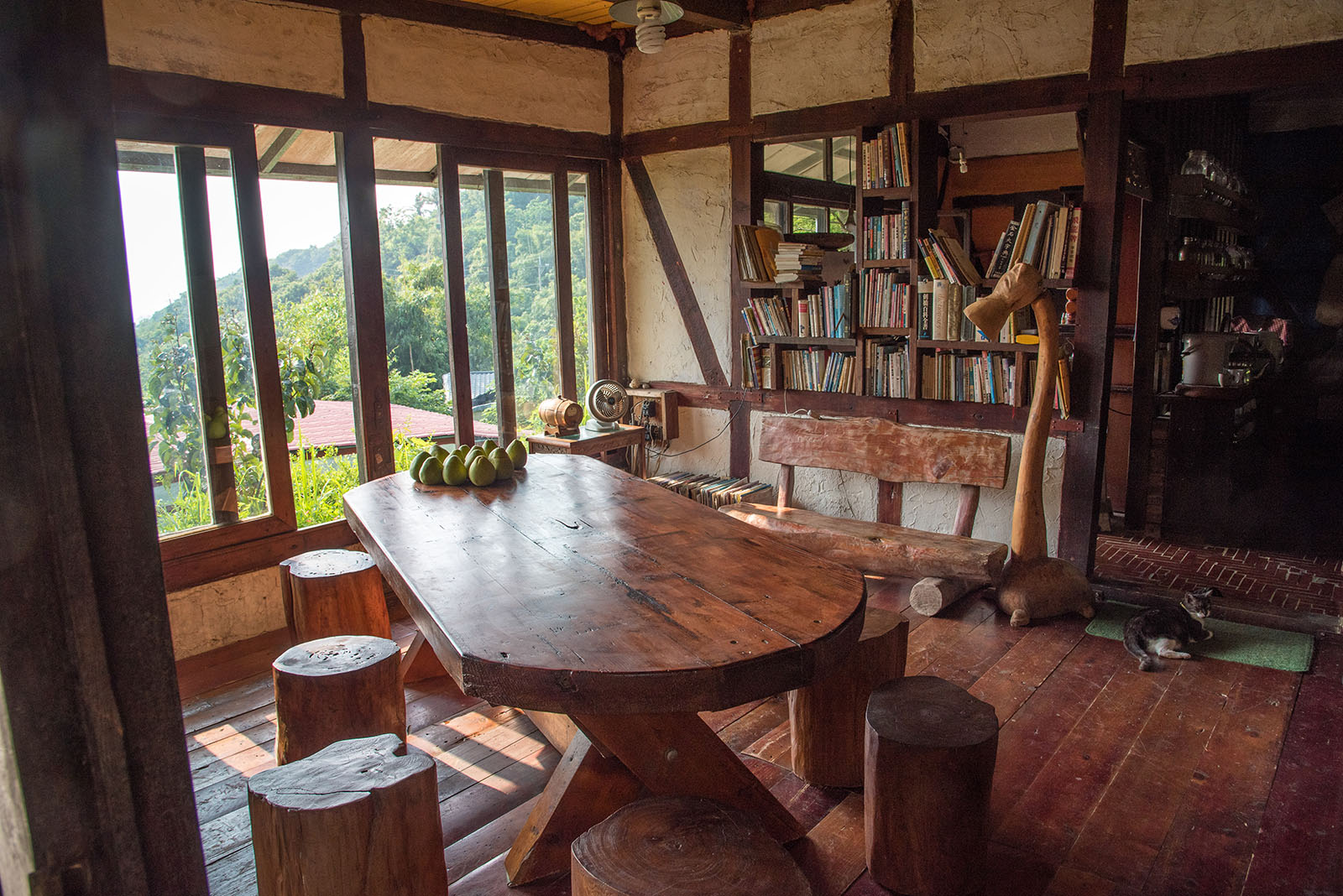
This handmade mountainside bed-and-breakfast is a treat for those looking to relax in a natural no-frills environment. The retreat features four unique stand-alone accommodations, including a treehouse with its own suspension bridge, a cathedral-style room, and a hobbit cave. All rooms have been lovingly built by the owners, Nancy and David. While “low-tech”, a stay at Nature’s Paradise guarantees peace and quiet, and the company of many cats, dogs, and the occasional Taiwanese macaque (Taiwan’s rock monkeys).
Depending on current stocks, owner David might offer guests some of his homemade plum wine—absolutely delicious—and breakfast feature’s Nancy’s freshly-baked bread. After enjoying a hearty breakfast in the kitchen’s open-air dining room, which overlooks the jungle below, head down to the sandy seashore for a healthy walk.
« Read LessSanxiantai
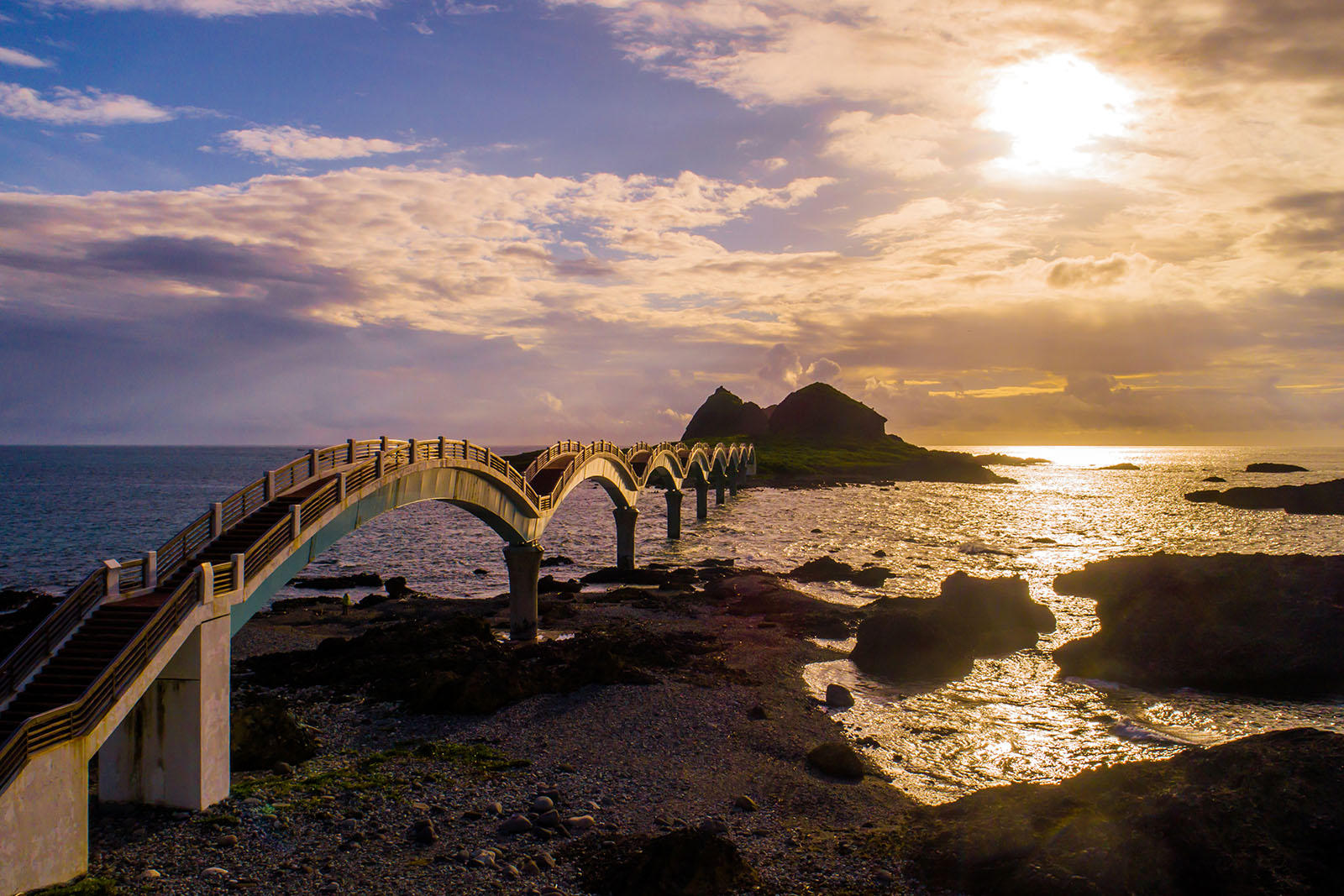
Sanxiantai used to be a headland, meaning a piece of hardened rock that jutted out into the ocean. The rock that connected it to the mainland was eventually weathered away and it turned into an island. Today, an iconic and photogenic arch bridge connects the newborn island with the mainland. Comprising 8 colorful arches, the imaginative Sanxiantai Arch Bridge is a favorite subject for photographers looking for iconic shots of Taiwan’s Eastern Coast. As Sanxiantai is surrounded by coral, the entire seashore enjoys a rich marine ecosystem and the adjacent beaches are abundant in ocean life.
Moonlight Inn
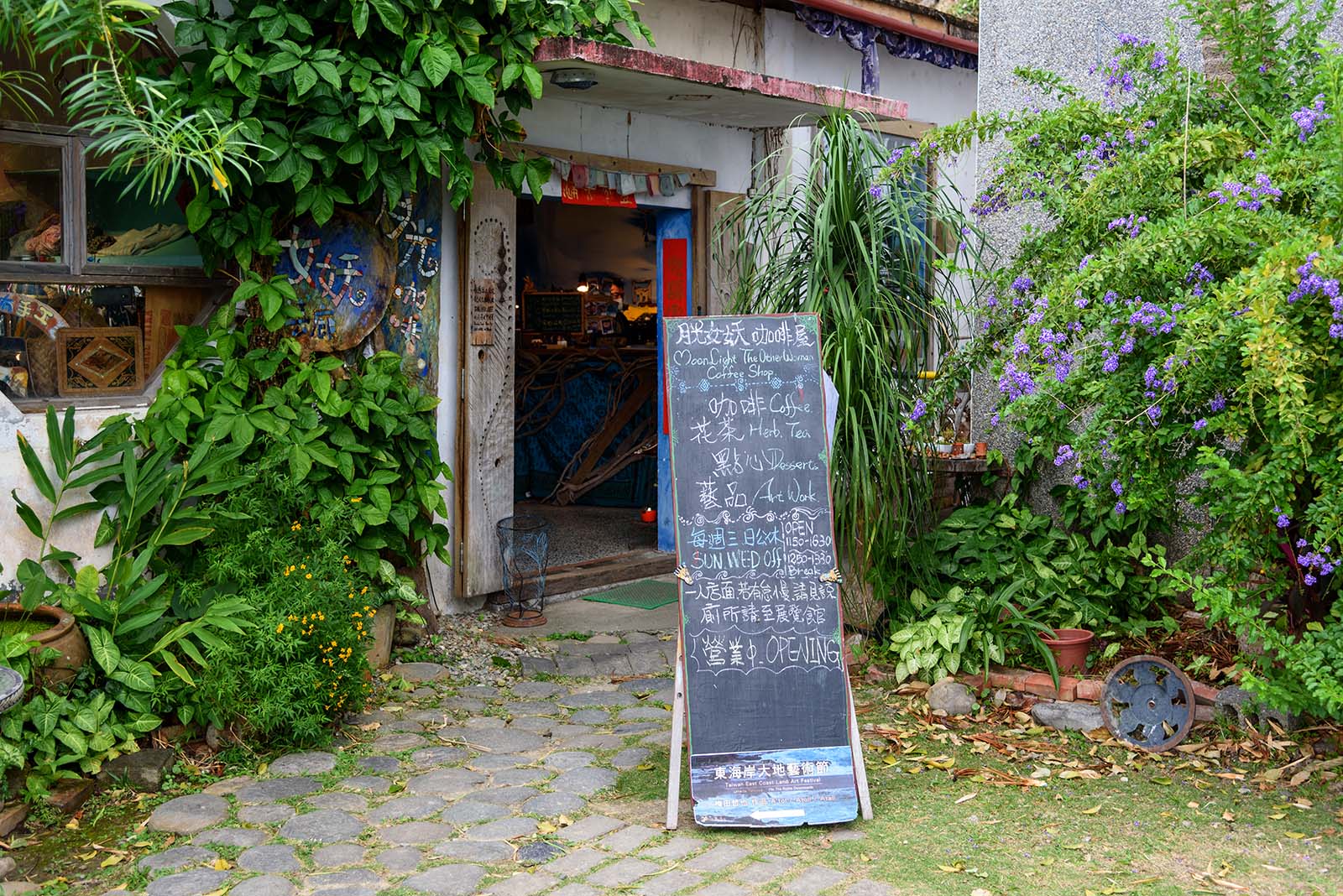
Sitting high above the town of Dulan overlooking the farmlands below, The Moonlight Inn is a nostalgic Japanese-era mansion that now operates as an art gallery and cafe. The building was renovated when it was used as the setting for the 2011 Taiwanese period-drama “The Moon Also Rises”, and props from the film are still visible on the nostalgic second floor. The cafe next door sells homemade soaps, local products. It is possible to enjoy coffee either on the lawn, or from within one of several tables within the art gallery that face the sea.
Dulan Beach
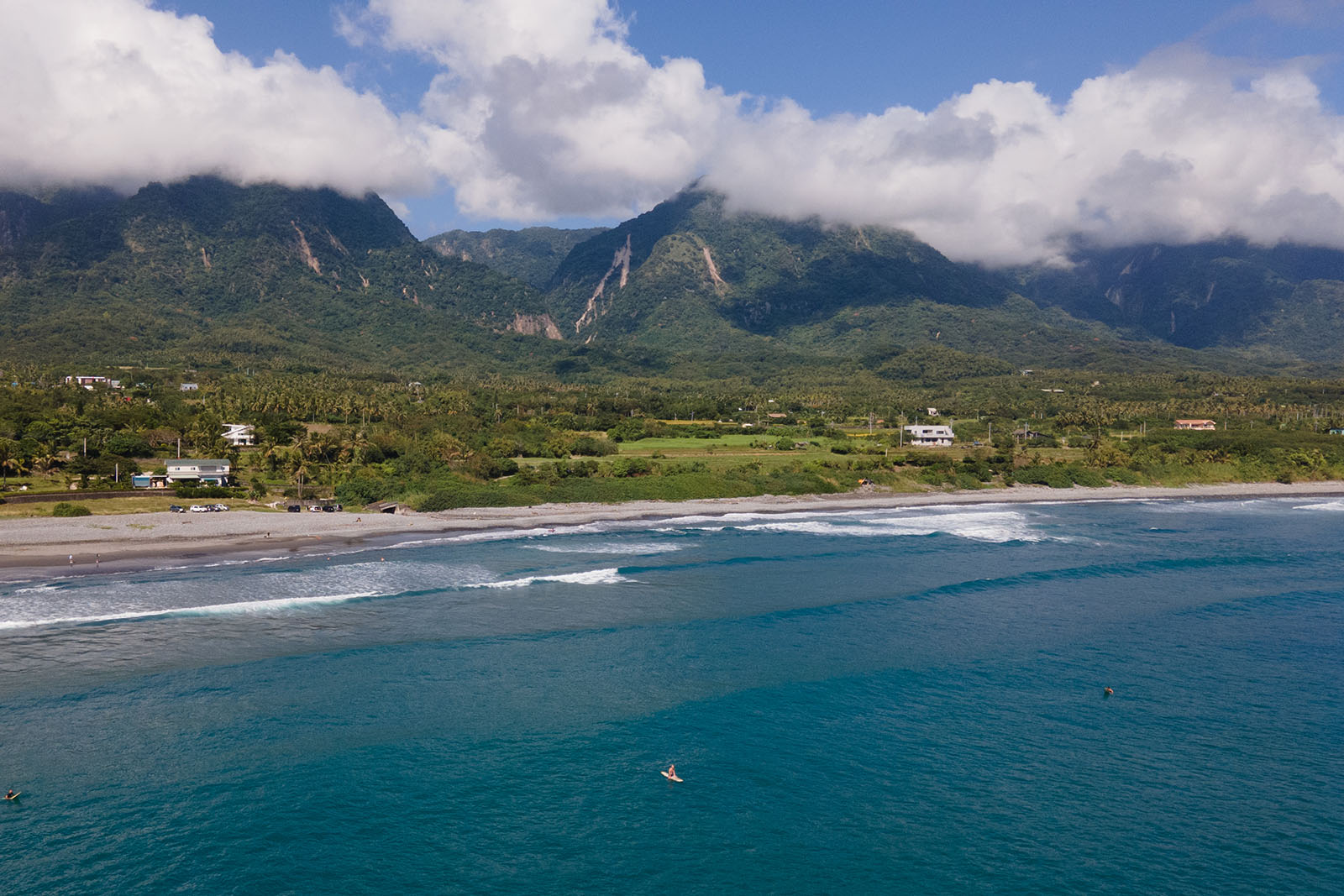
Dulan Beach is a 1 kilometer long sand and pebble beach located directly below the town of Dulan. The beach is a great place to take a walk, feel the sea breeze and reflect on one’s travels so far. Many locals come down to the beach for evening strolls, while younger or more adventurous residents head into the water to swim when the seas are calm. The northern side of the beach has a well known surf break where local surf shops hold lessons. Due to its proximity to the gem-rich Dulan Mountain, the beach is also a popular location for locals hoping to come upon fragments of precious stones. Blue jade and many kinds of quartz are occasionally found here after larger swells.
📍 Route 3: Zhiben and Jinlun Hot Springs
Zhiben Hot Spring Area
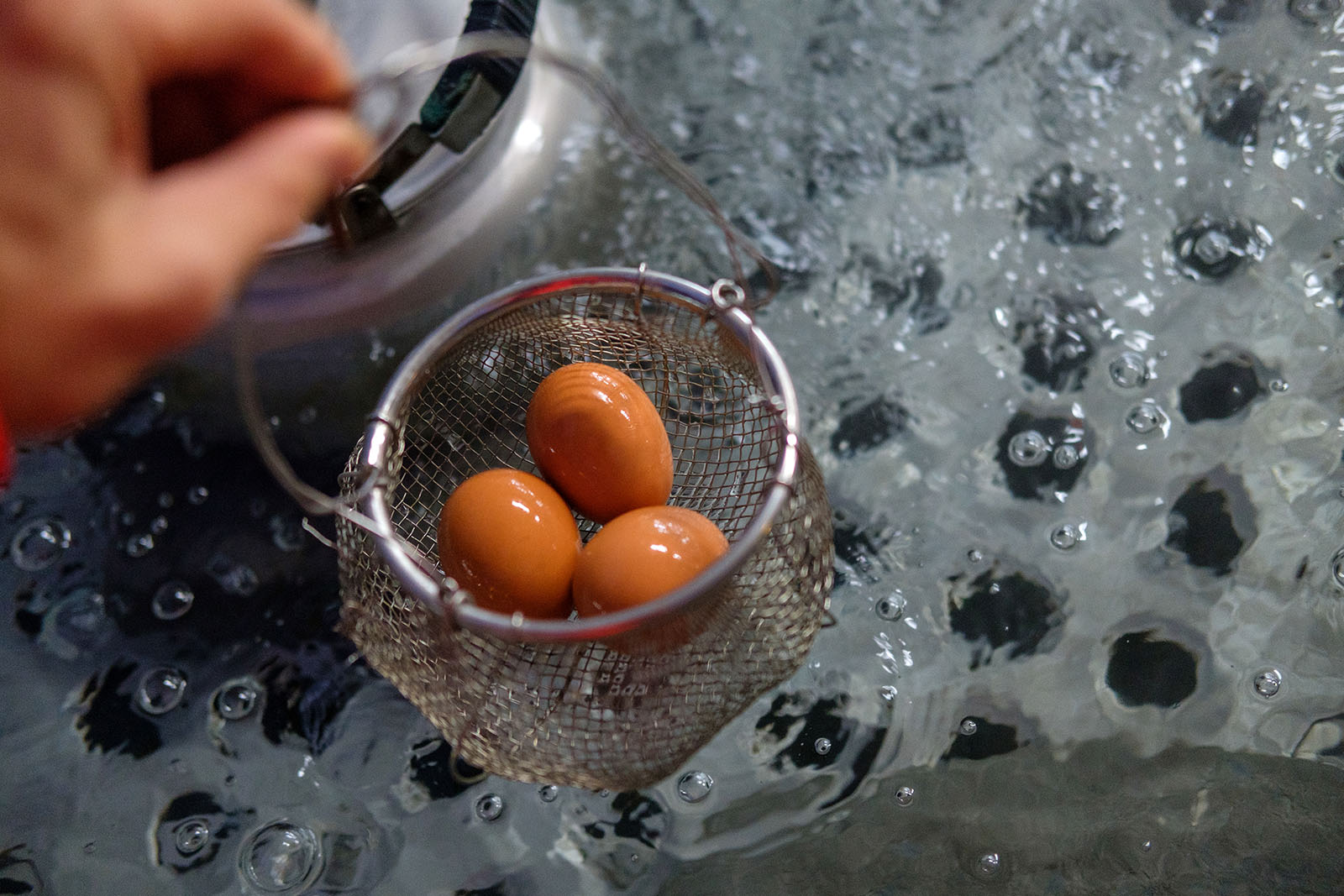
The Zhiben Hot Spring Area is located at the entrance to Zhiben Valley. Numerous hotels provide options for daytime bathing and offer lodging options with ensuite hot springs. If dropping by for a spa experience, the Dong Tair Spa Hotel is recommended for its swimming-pool-sized hot springs which include multiple jacuzzi-like massage stations. The public spa here overlooks the Zhiben River and several of the private hot spring pools offer a view of the creek directly below. Just several minutes farther down the road is Jhihben National Forest Recreation Area, which is famous for its Banyan trees and accessible nature trails.
Taimali Daylily Mountain (August to October)
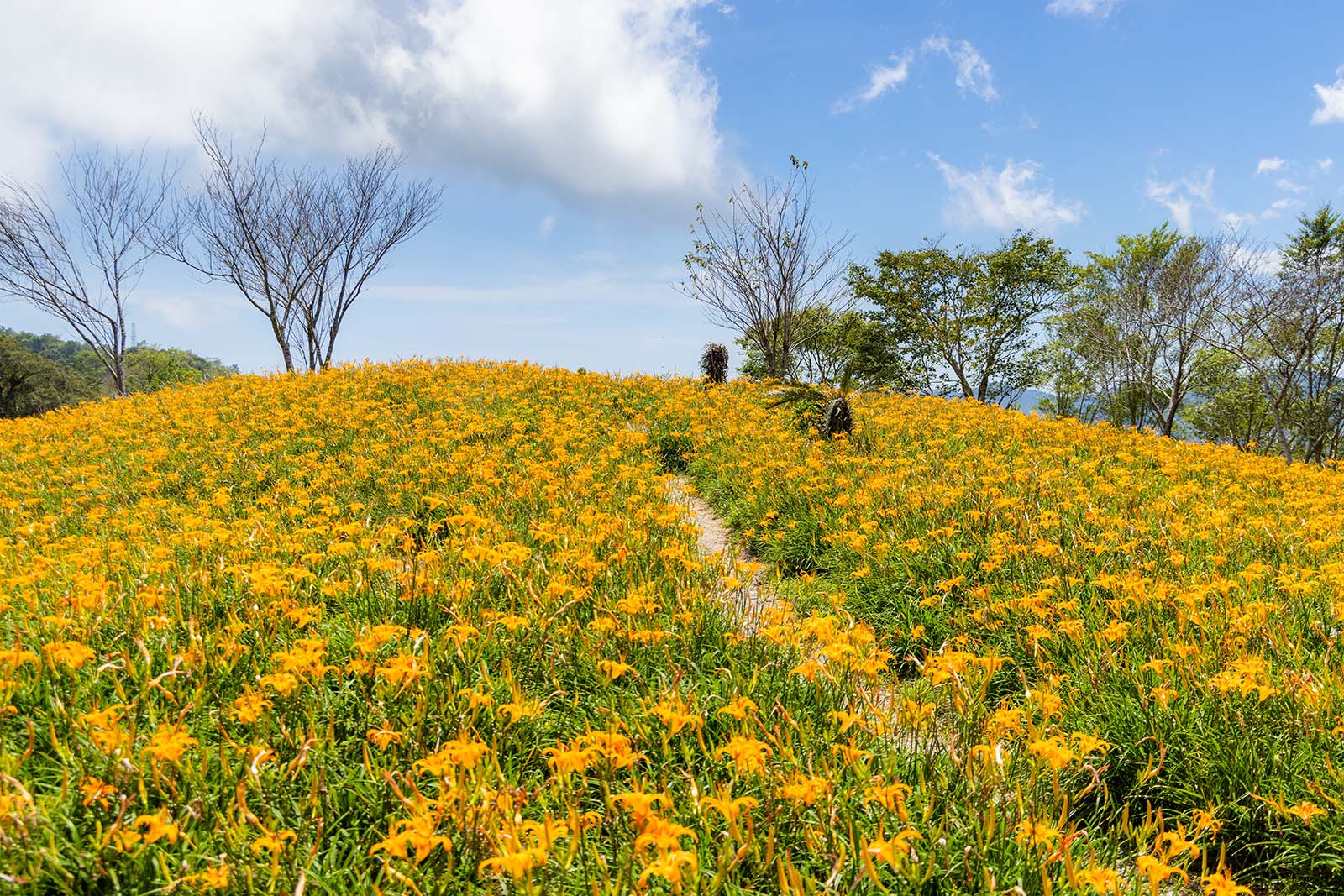
If traveling south from Taitung in the late summer to early fall, Taimali Daylily Mountain is a recommended scenic detour. Around August every year, the mountaintops of Taimali become covered in vast fields of knee-to-waist-high golden daylilies. A steep drive straight up from the coast, the mountaintop also offers unbeatable views of both the Pacific Ocean to the east and the Zhiben Valley to the west. The drive itself may be an attraction for some, as the only access is a narrow farm road that climbs from sea level to 1000 meters (3000 feet) elevation rather quickly.
Once at the summit, turn around to see the eastern coastline and Pacific Ocean far below. As the one-way route through the mountaintop farms wraps around to the mountain’s western side, the Zhiben Gorge comes into view, and farther to the right, Zhiben Forest and Taitung City. If the weather is good, it is possible to see Beidawu Mountain in Pingtung far off in the distance.
Taimali is also known for its coffee production, and the town has several coffee shops, indigenous bistros, and noodle stands.
« Read LessJinlun Hot Spring Area
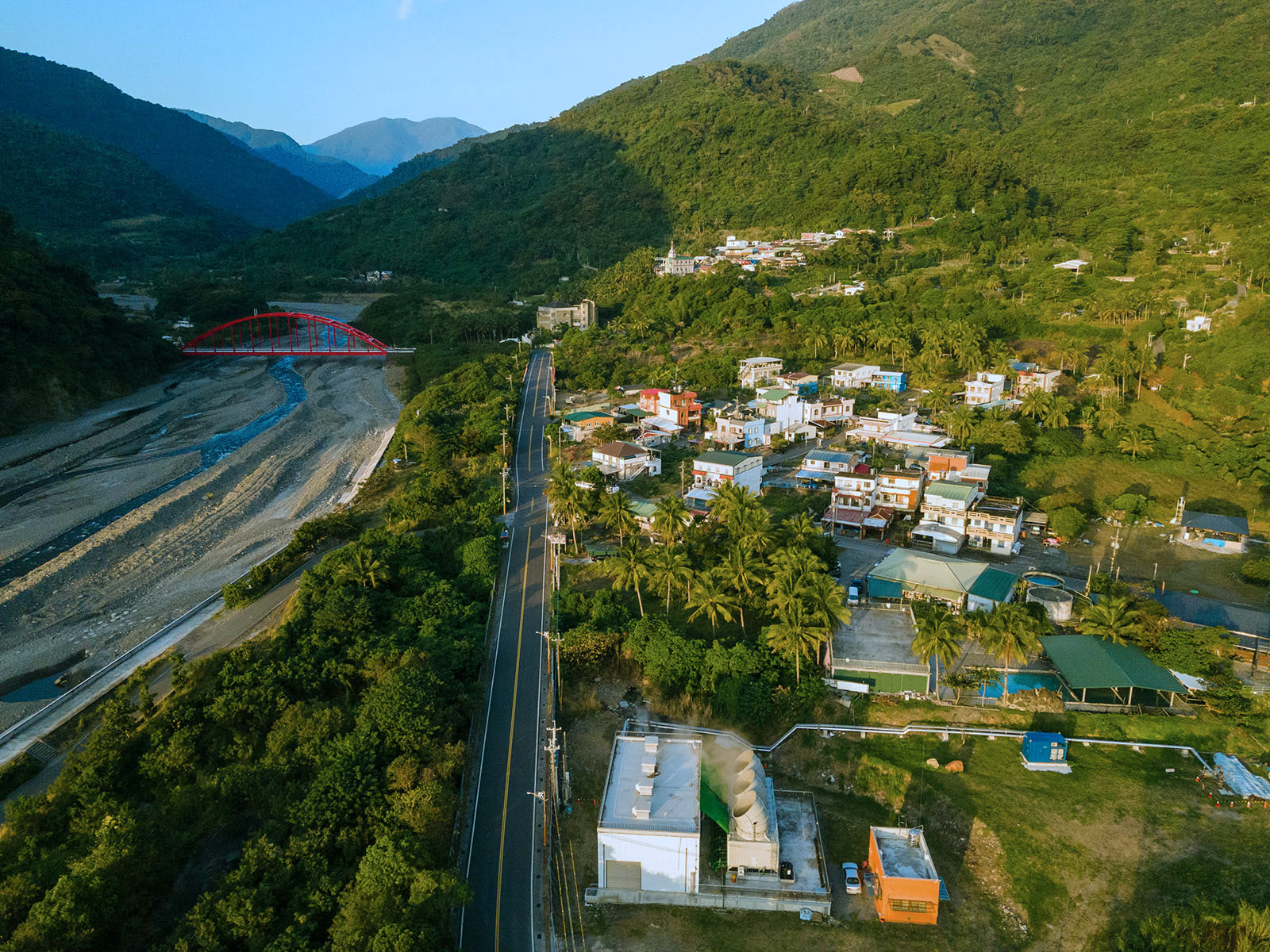
Taitung is the county with the greatest number of hot springs in Taiwan, and needless to say, hot springs are never a disappointment—just don’t go if you’re still sweating after the sun goes down. Jinlun is Taitung’s southernmost hot spring outcrop. It’s also the most remote, and the most relaxing. Here many of the hot spring hotels and B&Bs are operated by indigenous from the local Paiwan tribe of “Kanadun”.
Jinlun’s remoteness, compared to other hot springs in the area, makes it an excellent place to stargaze from. Beginning in the fall and into winter, there are nearly weekly meteor showers and it’s not uncommon to see anywhere between one to ten meteors per hour when gazing into the night sky.
« Read Less
